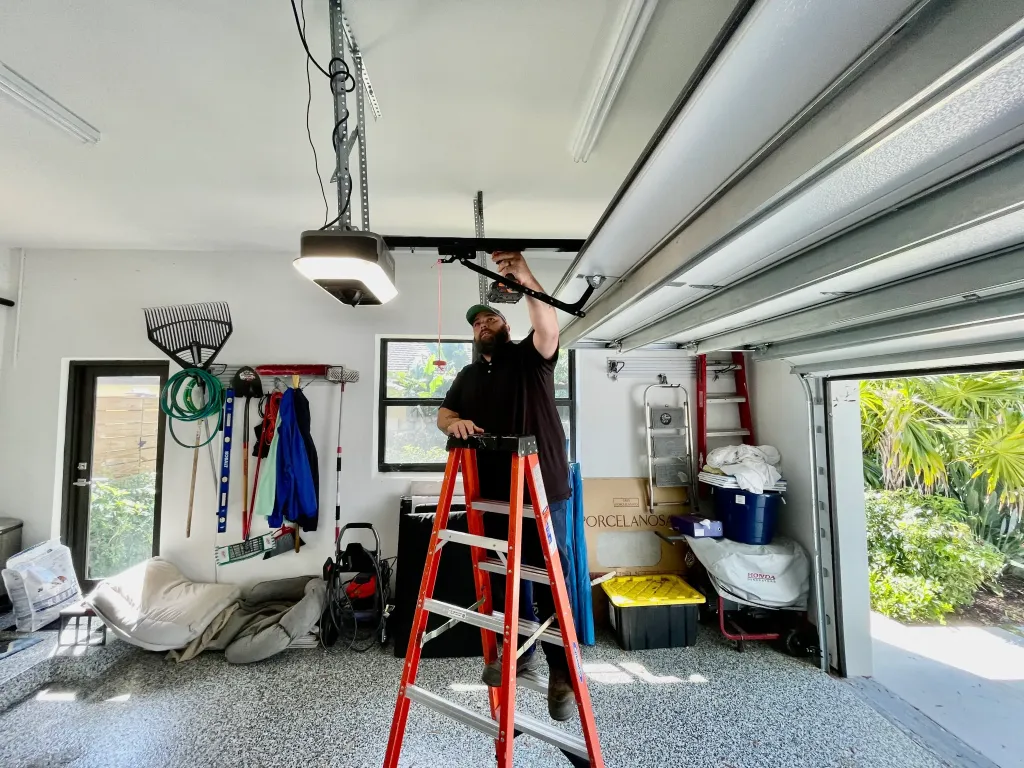The world of pharmaceutical cold storage isn’t just about keeping medications cold—it’s a complex dance of precision, documentation, and vigilance. As someone who’s navigated these waters for years, I can tell you that maintaining temperature-sensitive products isn’t for the faint of heart.
The Stakes Are Higher Than Ever
Let’s be real: when a single temperature excursion can render millions of dollars of vaccines ineffective or potentially harmful, compliance isn’t just a checkbox—it’s critical. The FDA, EMA, WHO, and other regulatory bodies have tightened requirements in recent years, especially after COVID-19 exposed vulnerabilities in global cold chains.
Just last month, a midsize pharmacy in Boston had to discard nearly $300,000 worth of specialty medications after a weekend power outage went undetected. Their backup systems failed, and their monitoring wasn’t robust enough to alert the right people in time.
Beyond the Basics: What Regulators Actually Expect
Regulators aren’t just concerned with whether you can keep things cold. They want evidence of:
– Continuous monitoring with documented temperature records (not just twice-daily manual checks)
– Validated storage equipment with calibration records
– Comprehensive SOPs covering normal operations and emergencies
– Staff training documentation and competency assessments
– Risk assessment of your entire cold chain process
– Detailed deviation investigations when something goes wrong
The days of paper charts hanging on refrigerator doors are long gone. Modern compliance requires digital systems with audit trails that can prove product integrity throughout the entire supply chain.
Common Compliance Pitfalls
Most compliance issues I’ve seen stem from a few key areas:
1. Incomplete mapping studies: Many facilities place monitors in convenient locations rather than identifying true hot/cold spots.
2. Poor alarm response: Having alerts is useless if nobody responds appropriately. I’ve seen facilities with beautiful monitoring systems but no clear protocol for who handles after-hours alarms.
3. Inadequate backup systems: generators that haven’t been tested, backup refrigerators with insufficient capacity, or transfer procedures that take too long.
4. Documentation gaps: “If it’s not documented, it didn’t happen” remains the regulatory mantra. This includes training records, maintenance logs, and deviation investigations.
Making Compliance Manageable
Despite these challenges, maintaining compliance doesn’t have to be overwhelming:
Start with a thorough risk assessment of your entire cold chain. Map your storage areas properly with qualified equipment, identifying worst-case scenarios.
Invest in reliable monitoring technology that provides real-time alerts to multiple stakeholders through various channels. Cloud-based systems have become standard because they offer redundancy and remote access.
Develop clear, practical SOPs that staff will actually follow. I’ve seen beautiful 30-page protocols that nobody reads and simple one-page flowcharts that save products during emergencies.
Train, train, and train again. Your systems are only as good as the people operating them. Create realistic scenarios and practice emergency responses.
Looking Ahead
The compliance landscape continues to evolve. Regulatory agencies are increasingly focusing on end-to-end supply chain integrity, with particular attention to last-mile delivery and multi-temperature requirements for complex biologics.
Smart monitoring using IoT devices, AI-powered predictive analytics for equipment failure, and blockchain for immutable supply chain records are becoming more common. But technology alone won’t ensure compliance—it requires organizational commitment and a culture that values quality.
By approaching pharmaceutical cold storage compliance as a comprehensive system rather than isolated requirements, organizations can protect valuable products, maintain regulatory standing, and ultimately ensure patient safety—which is what this is all really about.



